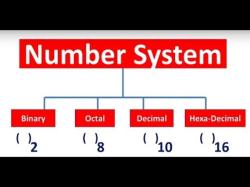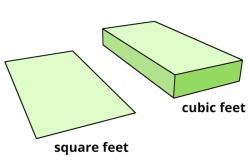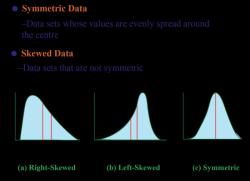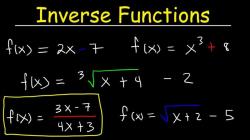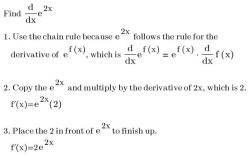What is the difference between joint and combined variation?
Joint variation and combined variation are related concepts in mathematics, both describing situations where a variable depends on the simultaneous variation of two or more other variables. However, there is a subtle difference between the two:
Joint Variation:
- In joint variation, a variable (usually denoted as ) varies directly with one variable and inversely with another.
- The joint variation formula is typically written as , where and are the two independent variables, and is a constant of proportionality.
- Joint variation explicitly involves direct and inverse variations in a single equation.
Combined Variation:
- Combined variation is a broader term that includes both direct and indirect variations of a variable with two or more other variables.
- The combined variation formula is written as , where , , and are independent variables, and is a constant of proportionality.
- Combined variation includes cases where a variable varies directly with one variable, inversely with another, and possibly in other ways with additional variables.
In summary, joint variation specifically involves a variable that varies both directly and inversely with two other variables, while combined variation is a more general term that encompasses situations where a variable depends on multiple factors, including direct and inverse variations. Joint variation is a specific type of combined variation.
Joint vs. Combined Variation
While both joint and combined variation involve relationships between variables, they differ in how these relationships are expressed:
Joint Variation:
- Deals with two or more independent variables multiplying to affect a dependent variable.
- The change in the dependent variable is proportional to the product of the independent variables.
- Represented by the equation:
y = k * x * z - Examples: Area of a rectangle, volume of a prism, force of gravity.
Combined Variation:
- Involves a combination of direct and inverse variation within the same equation.
- The dependent variable is simultaneously affected by one or more variables directly and others inversely.
- The relationship is expressed as a product of powers of the independent variables.
- Represented by the equation:
y = k * x^a * z^b - Examples: Speed of a falling object, intensity of light, resistance in electrical circuits.
Here's a table summarizing the key differences:
| Feature | Joint Variation | Combined Variation |
|---|---|---|
| Relationship | Multiplicative | Product of powers |
| Change | Proportional to product | Affected by both direct and inverse factors |
| Equation | y = k * x * z | y = k * x^a * z^b |
Practical Examples:
Joint Variation:
- Painting a wall: The amount of paint needed is jointly proportional to the wall's height and width.
Combined Variation:
- Ohm's Law: The current in a circuit is directly proportional to the voltage and inversely proportional to the resistance.
- Hooke's Law: The force required to stretch a spring is directly proportional to the displacement and inversely proportional to the spring constant.
- Boyle's Law: The volume of a gas at constant temperature is inversely proportional to the pressure.
These examples demonstrate how joint and combined variation are applied in diverse real-world scenarios and are crucial for understanding and analyzing various phenomena.








